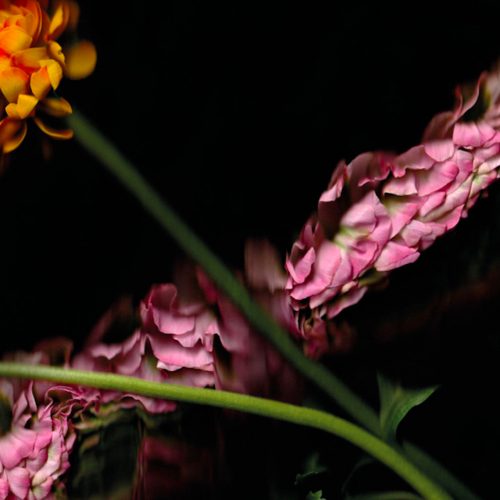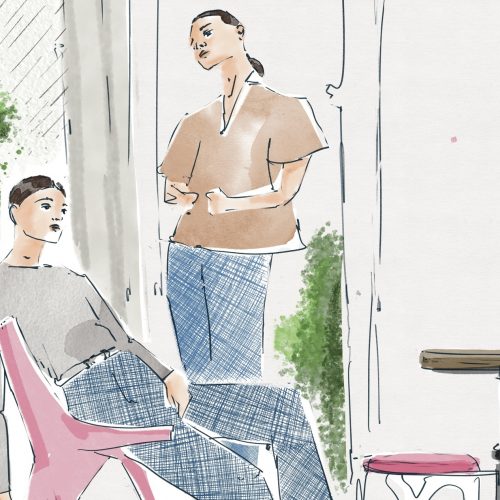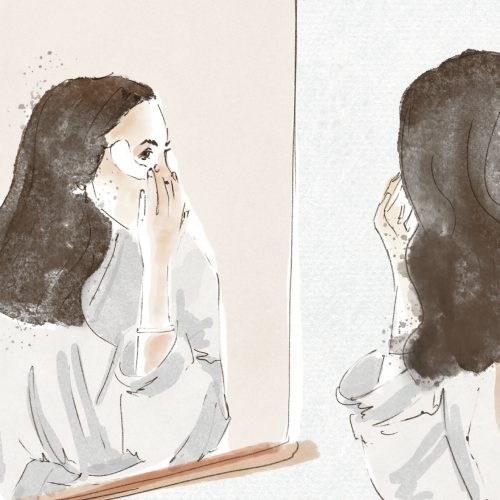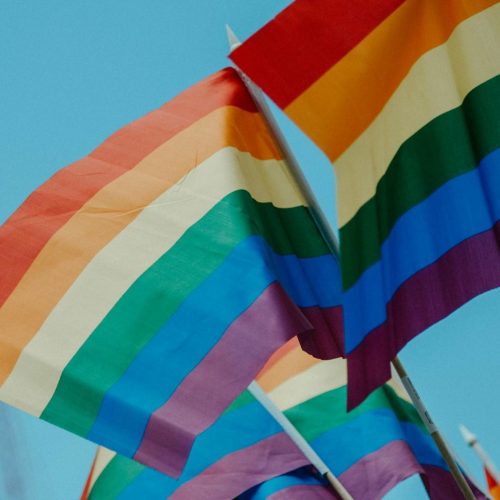How the Pandemic Affected the Beauty Industry
The pandemic has had a profound effect on businesses worldwide, and the beauty sector is no exception. As we have lived through several lockdowns, regular testing, sanitising, and fear of Covid-19, the beauty industry has had to adapt to survive. We review what has changed, what has stayed the same, and what we predict for the future of beauty.
To receive the Luxiders newsletter, sign up here.
The pandemic has had a profound effect on businesses worldwide, and the beauty sector is no exception. We ponder the beauty industry in terms of the ‘stay at home’ effect, online shopping, and alternate beauty products. McKinsey reported in 2020 that the global beauty industry generates $500 billion in sales a year. It also accounts for millions of jobs, directly and indirectly. We have lived through several lockdowns, regular testing and sanitising, and fear of Covid-19. The beauty industry has had to adapt to survive. We review what has changed, what has stayed the same, and what we predict for the future of beauty.
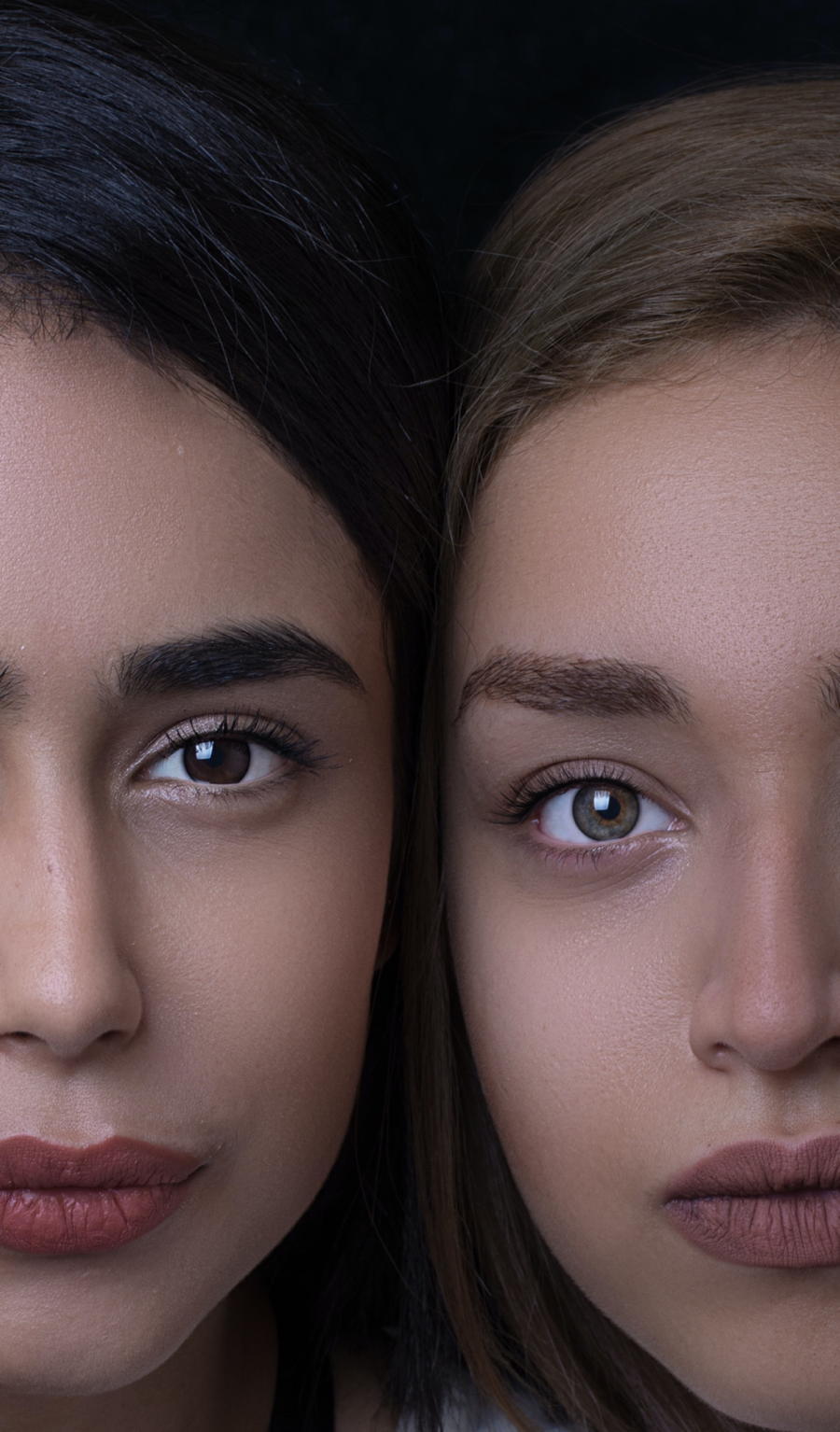
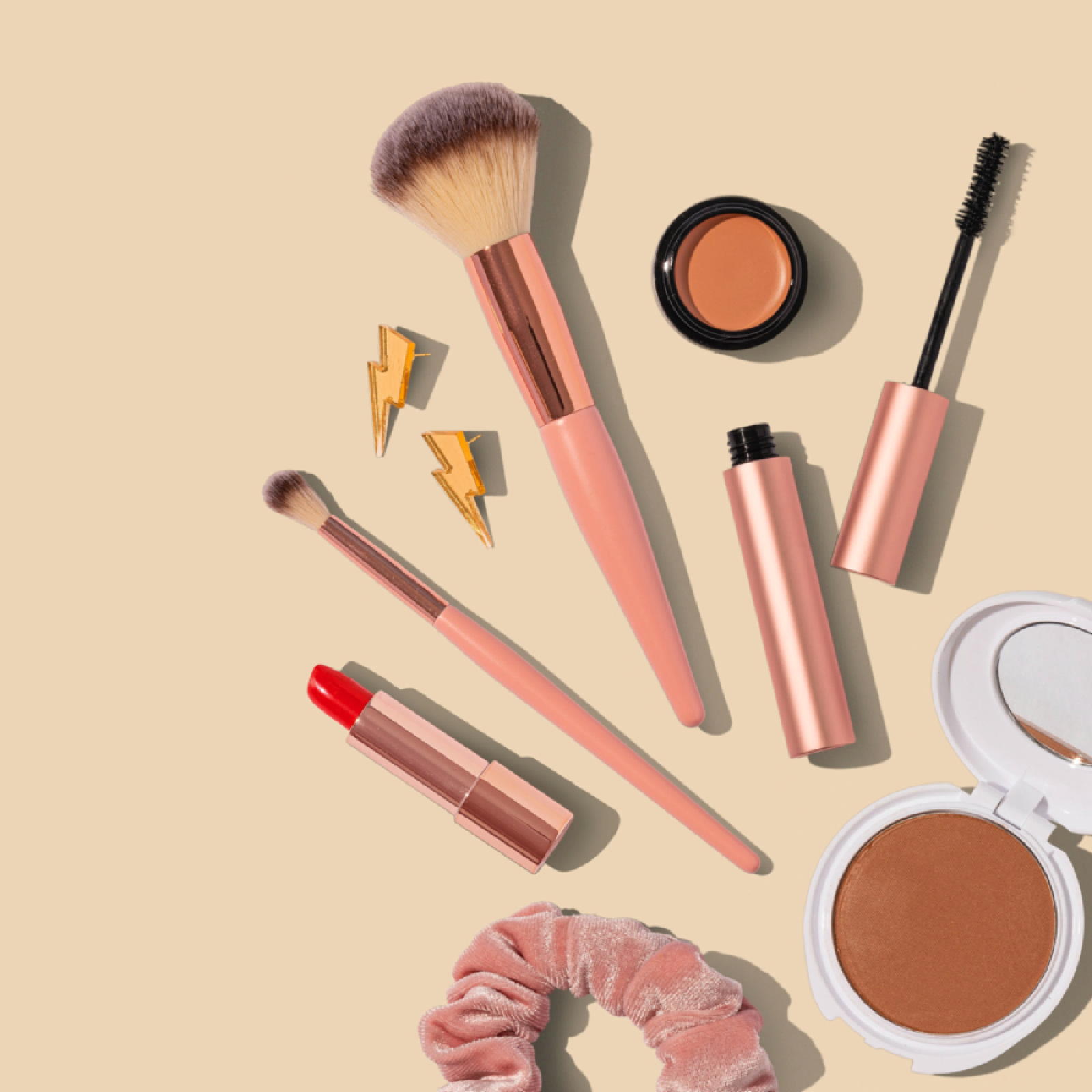
ONLINE SHOPPING
Digitisation has been essential during the pandemic. This ensures that people can access the same beauty products online that they can in store. In fact, businesses that have been doing the best during the pandemic are ones with a good digital offering. The prestige beauty industry saw sales of £491 million from January to October 2020. This was a 38% increase from the same 9 month period in 2019.
Brands have stepped up their digital presence. MBS intelligence specifically name Aveda and MAC. Aveda ‘created a series of videos on Instagram dishing out tips on everything from setting textured hair to styling grown-out haircuts'. Thus, 'views have increased over 200% since the launch’. They also describe MAC’s Virtual Try On tool. It ‘allows shoppers to try on 200 eyeshadow and lipstick shades'. This also meant that MAC 'saw a threefold increase in consumer engagement since lockdown began’.
Not everything can be fully digitised, though. Online, people can’t check their foundation shade, smell perfumes, use samples and other such services. Consumers are also less willing to try new expensive things from online shops. They are more likely to rebuy old favourites instead. Retail consultancy Stellar surveyed 300 U.K. consumers online in March 2020. They discovered that 85% would be “encouraged to buy a product” after an in-person demonstration. This proves how physical stores are essential to the beauty industry.
We imagine that online shopping isn’t going anywhere in a hurry. Though some services can’t be replaced by DIY’s or online shops, some can. We don’t expect online shopping to return to pre-covid levels. People have realised easier ways to get hold of products. They will likely continue to shop online for at least some of their products.
PURPOSEFUL SHOPPING
People have been more selective with their purchases throughout the pandemic. This is due to a growing eco awareness. It is also due to the financial blows people faced during the pandemic. More consumers were pushed into making more considered decisions when shopping for beauty products. This meant that they started to seek transparent and ethical brands.
MBS intelligence predicted ‘Looking ahead, the winning organisations will invest in their supply chains, especially around transparency.’ This, they believe, will ‘mitigate risk and better cope with future crises’. It will also ensure beauty businesses are prepared for ‘customers who are making increasingly more considered purchasing decisions'. These decisions are 'around key issues such as sustainability, diversity and supply chain transparency’.

STAY AT HOME
With a stay at home order in place, many beauty businesses suffered. Many beauty therapists were prevented from working at some point during the pandemic. This included hair salons, nail parlours, eyebrow and eyelash technicians. This meant that consumers occasionally turned to DIY at home alternatives. These are things like home hair dyes, nail polishes, skincare treatments, eyebrow products etc.
Service hasn’t exactly returned to what it was in a pre-pandemic world. The National Hair & Beauty Federation’s survey, ‘State of the Industry,’ says trade is down for 3 in 5 beauty businesses. Marie Claire’s article talks about how the surge of post lockdown appointments has diminished. They say 'clients have not returned to the hair and beauty sector in the same number as before the pandemic. [...] Clients are now leaving longer between appointment times or adopting a more DIY approach due to having to use their initiative during the lockdowns’.
The stay at home order also meant that less makeup was being worn. New technologies such as Zoom’s ‘Touch Up My Appearance’ beautifying feature also emerged. NPD's sales data showed that prestige makeup saw sales drop 37 percent from March to September 2020. 71% of women in the study said they wear makeup less often as a consequence of their new lifestyle.
We presume the beauty filters will maintain popularity, as a quick alternative to putting makeup on at home. However, we don’t see real makeup going anywhere anytime soon. DIYs may retain popularity with those who are happy with their new found skills. However, there are services that can’t be easily mimicked at home. We don’t imagine salons or beauty services will fade out entirely.
ALTERNATE BEAUTY PRODUCTS
The pandemic has been the reason some alternate beauty products have become popular in the beauty world. A change in focus in the beauty industry occurred. As a result of the pandemic, consumers want different things. They want masks, hand sanitiser, subscription services, personalised products, and ‘Maskne’ treatments. Anecdotally, some executives even told MBS intelligence of the existence of a ‘hygiene director’ in some businesses.
Masks, and their despised counterpart ‘Maskne’ have come about due to the pandemic. Masks have been made into fashion and hygiene statements. They have sold hugely. Though we are sure their popularity will die out in a post pandemic world, we don’t see them disappearing entirely. ‘Maskne’, which is acne emerging as a result of mask wearing, has become a buzzword in the beauty industry. It has increased the sale of skincare products, and we expect skincare to retain popularity despite the disappearance of masks. It is self-care, a beneficial practice.
NEWFOUND POPULARITY
So, what else has been popularised by the pandemic? A report from Royal Mail predicts the value of the subscription box market will grow 72% by 2022. From 2020 to 2021, the number of British people that signed up to a subscription box increased. Two in five consumers signed up to a subscription box in that year. This is due to the lack of interaction required with ordering beauty subscription boxes. It also allows consumers to try new beauty products without committing to paying for the full size products.
Personalised beauty treatments, products, and supplements became popular in the pandemic. With a lack of face to face advice, online quizzes replaced conversations. This allowed consumers to get perfect products for them. A survey by Epilson revealed that 80% of consumers are more likely to purchase a product if a brand offers personalisation. 90% stated that they find personalisation appealing. We think that this technology will get smarter and become more popular, however not all services can be replaced with online surveys.
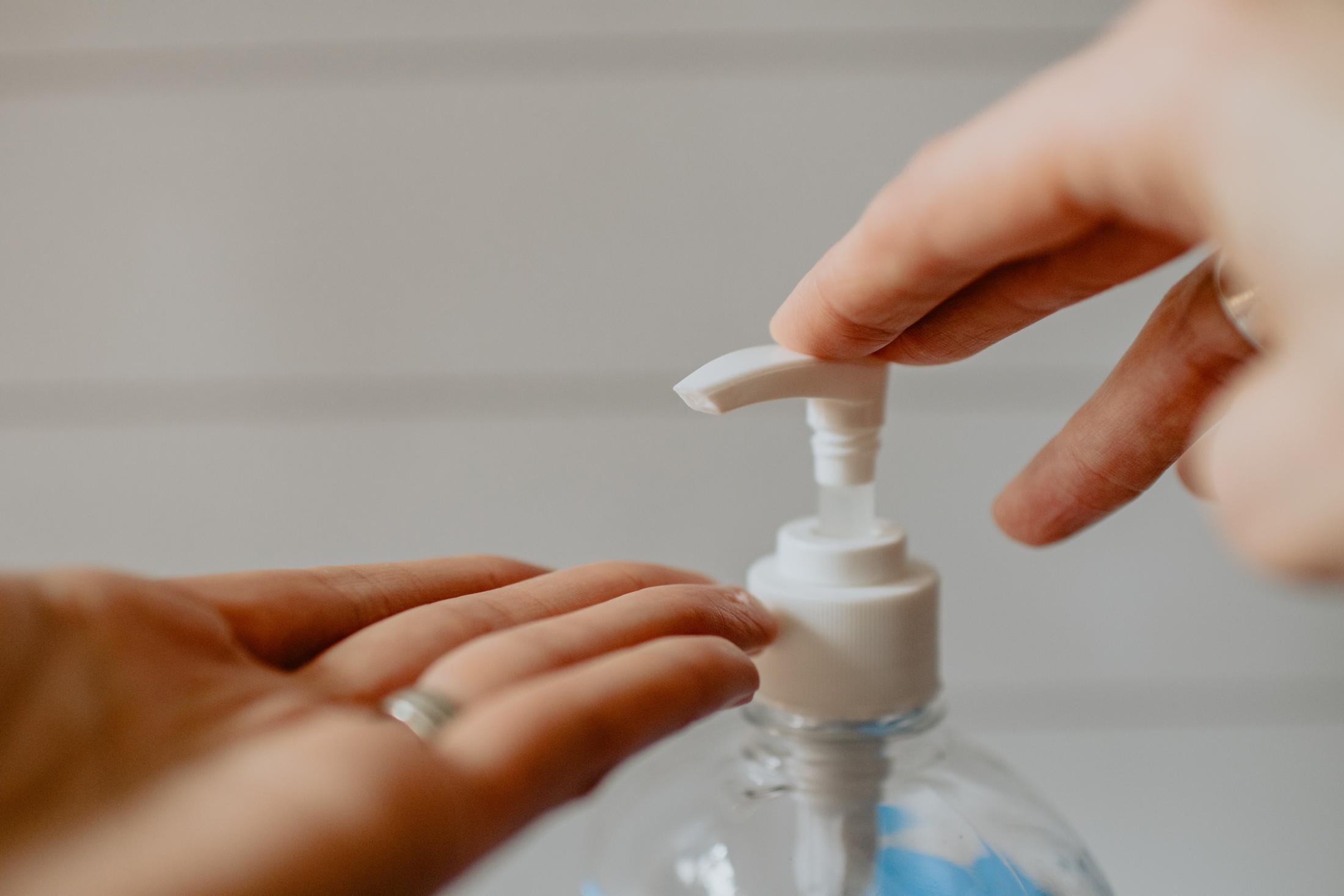
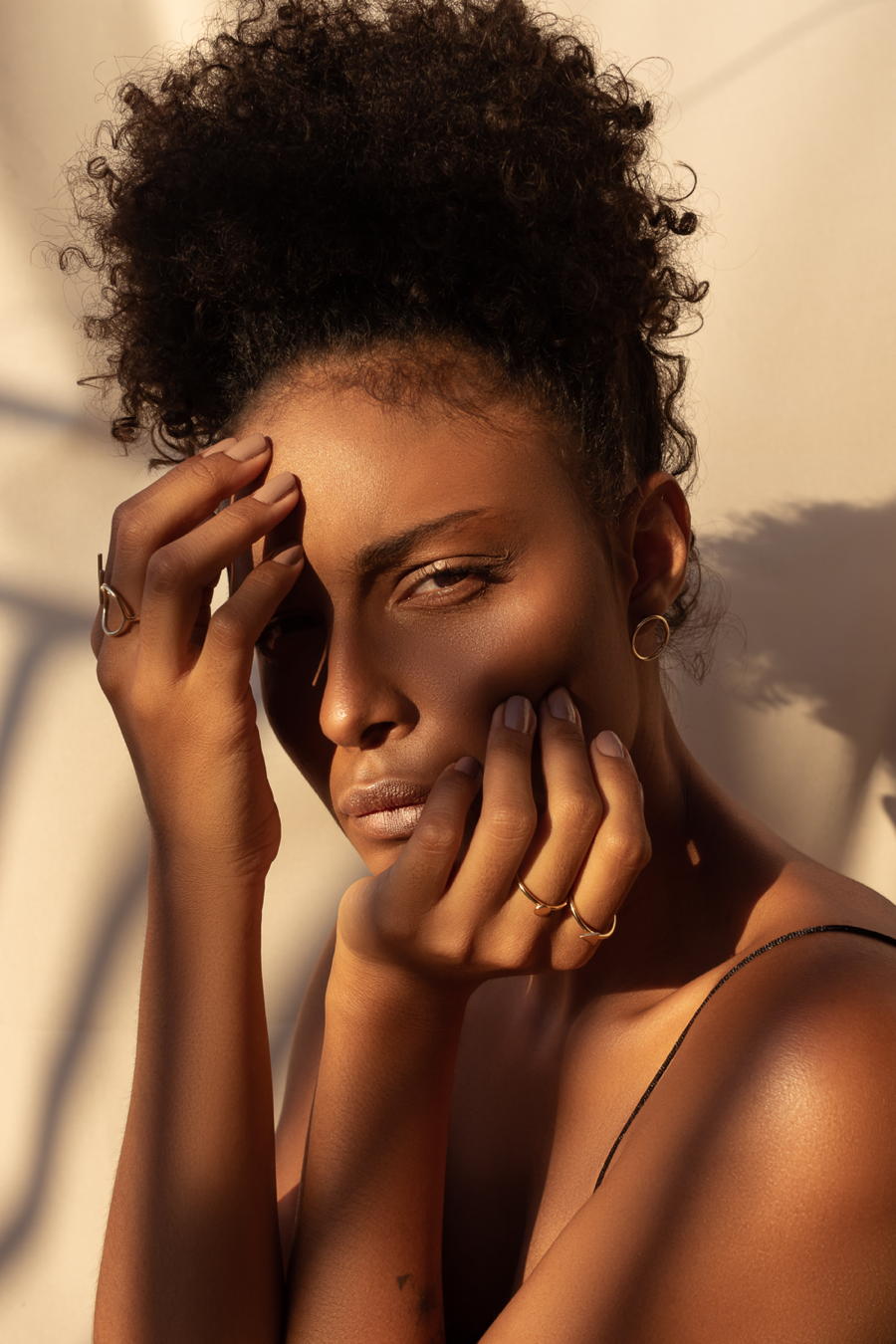
The beauty world has certainly changed in the past couple of years, and we can expect to see some of those changes only growing and becoming more popular. On the other hand, not everything can be replaced by a virtual or posted alternative. We don’t expect to see the beauty industry going entirely online, and we are keen to support those experts who rely on offering in person beauty services.
+ Words:
Emma Dahl
Luxiders Magazine

